|
It might not be the final frontier. But this blog entry begins and ends with space. The big bang of the widescreen, large format and panoramic. A location for an artist to perform and connect with people. The contested politics of space, building homes and forging communities. First stop. Let me beam you to my non residential artist's studio. All artists cry and bleed for a space. This is nothing new. East London currently rules the roost, but in the past artists would look to this stretch, west of London, for verdant grass and fresh air. William Mulready was one of the first artists to settle in Kensington in the first decade of the 19th century. He shared digs with fellow artist John Linnell at Kensington Gravel Pits and then had a studio house built for him in 1827 at Linden Grove (now gardens, the house is no longer extant). This was during the first wave of development for the Ladbroke Estate and Mulready lived here for the remainder of his life. Nearly forty years later, Nathaniel Westlake, having just converted to catholicism, has his architect friend, John Francis Bentley, design a house for him in Notting Barns. Westlake did not stay here for long. We can perhaps speculate this is because the area developed into one of the worst slums in London. His house is still standing and looks out of place next to the Lancaster West Estate. Mulready and Westlake are both closely associated with the birth of the V&A Museum and have work on display. In terms of art, studio space and the V&A, I am following in their footsteps; more of this anon. During my V&A Community Artist residency, I have that precious commodity for an artist, studio space. I am not based at the museum like the other resident artists. I am a tenant of a flat whose rooms can be sculpted, wallpapered, improvised. It's an in-between space, a former council property, that will become part of a mixed tenure housing. No one will care if I artistically trash it as demolition is due next year. I'm conscious of being the last in line. Leo The Last. The last house demolished. I've explored these in previous art projects. Now. I'm living out my very own kitchen sink drama. What about the medium or mixed media of space? Artists are always grappling with this technical consideration, whether it's processing on a computer or via more traditional craft techniques. I usually compose an image through a viewfinder of a camera or a sketchbook often leading to 16x20 inch drawings; this is a legacy of working with photo paper formats in a darkroom. There are also multiple dimensions to my residency: how art relates to community and housing and architecture. As I want to share and encourage others to participant in these processes, I need to think big as in large scale. This is new to me and will present its own set of challenges. I also need to engage with my immediate neighbours on the street, residents in the estate, people in the ward, across the borough. An audience that might not understand "art" or perhaps even know who the V&A are. As I begin, so I end. Everything is hurtling towards a date in January or February 2015 with an end of residency event at the V&A. This is in the lunch room for visitors to the learning centre. However being the V&A it is no ordinary lunch room. It has a cinematic sweep, certainly from the top down. Even wall lined cupboards gets one thinking of spaces within space. I'm looking at constructing panoramic displays here, perhaps of the Silchester and Lancaster West Estate and its residents. This will include film of the new housing development taking place and the new community that is forming. Also perhaps a representation of the Westway (A40), a built structure that dominates this area of North Kensington. Can I also chuck in some "stain-glass" imagery for the aesthetic thrill? On August 18th I hosted an open day bringing some of these issues into focus. I did wonder how many people I could safely fit into the studio flat and its 4 spaces (20 comfortably at peak capacity). It was a good idea to convert a large store room into a history room with archive maps and images. In total, I had 60 plus visitors. Delighted to see my neighbours on Shalfleet Drive popping in to see what all the fuss was about. This is important as I plan on working with them on a film project. There was a group visit from Open Age who took to my live drawing like ducks to water. Great to see old colleagues, including Adam Ritchie who was pivotal in establishing the community ethos for the Westway and the building of play spaces for children in the 1960s. The Mayor of RBKC Maighread Condon-Simmonds also paid a visit. She is a charming lady, really down to earth and digs the complex layered history of this area. In her thank you letter, she chimed in with my thoughts about the challenges of space: "You have made a truly interesting display in such a small space.....The north of the borough has so much more space than the south and it is good to see the new developments with good quality homes." For the exhibition, I also created a drawing installation called House with 40 Rooms. In each room there was an object. These objects were all from the V&A. I invited participants to use words or images in response to the objects in the rooms. Local resident, Maggie Tyler, wrote the following about her drawing: "I used to look out at a Stag's Horn tree and a round window in the wall of the house at the end of the garden. At night, I would see the silhouette of the foxes walking along the top of the wall past the round window. Then! The Neighbour moved out and the new neighbour built an extension. A modern extension that covered and destroyed the round window. The tree fell down and the view has changed. I now look at a modern box!" A few days later, I opened my studio during the rain-sodden Notting hill carnival. Sheltering outside my flat, I took pity on a group of performers and invited them in. Amos has been taking part in the carnival for over 15 years and we chatted about its history which is reflected in art work on display. New residents moving into More West from 2015 (once the flat is demolished and new housing built) will find they are on the western edge of the processional route. There is intense debate about the future of the carnival. Is it too big for the streets of Notting Hill? Cllr. Eve Allison, who has ancestral roots in the Carribean, believes there are compelling reasons for relocating the carnival to a larger green space. This would be a tremendous loss to the area and signal a departure that the carnival has lost its community connection. Down at the V&A, I've been reflecting on this and artistic precedents for panoramic art. Nathaniel Weslake has large upright stain glass and oil paintings (with associated mosaic) on display. I've previously commented on his smashing stain glass. This time I'm checking out his contribution to the Valhalla portraits. It seems apt that Westlake should choose as his artistic role model, Fra Beato Giacomo da Ulma (d.1517), a Dominican Friar who painted on glass at Bologna and is an obscure figure in the series. As Westlake did for da Ulma, I will likewise do for Westlake. Celebrate the art and allow this to percolate into my practice. This means moving into unfamiliar territory, but I'm up for the challenge. I can start digitally with photoshop and a literal following in the footsteps (see image below!) This is a simple tool to collage ideas and feelings about the construction of a pictorial landscape. Just the first step in a process of ongoing experimentation that will probably morph into craft and film. In the prints and study room, I perused an 1801 plan for a panorama in Leicester Square. This was presented as various walking and viewing points in a space shaped by architect and painter. Ingenious. I also marvelled at the skill employed in a fold-out book made to commemorate the Funeral Procession of the Duke of Wellington in 1852. It was made by Samuel Henry Alken and George Augustus Sala. The pomp and circumstance of this stately occasion made an interesting contrast to the recent carnival floats that passed by my studio. It connects with previous thoughts about creating work that fuses the historic with the contemporary. My art musing is only of interest when it translates into practical application. How to use art to look at the urban environment, the community spaces around my studio and the homes that residents have made here? How high rise residents perceive the new developments taking place below them? How residents in the shadow of taller structures respond to changes in light and air quality as the sun climbs and then dips into the West? How do I create a space for public participation in the process of making art? How will others want to comment on the world around them? I need to bear in mind that this might not necessarily tally with how I view the world. How will art be elegantly displayed for a follow-up activity of engagement? Can I bring this all together at the V&A lunch room as food for thought? I don't particularly want to end on a question, so offer this as a postscript.
I'm being managed by Laura Southall in the Learning Department and it was great to meet more of the team. I set them a 10 minute challenge to make some sculptural forms and showed them a few examples. If they ended up making a posh version of a paper aeroplane, that would be fine. Dah! They do all work for the V&A, pre-eminent design and art museum. Fold, tear and sellotape. Horizons west. Feels good.
0 Comments
Leave a Reply. |
Categories
All
Archives
May 2024
|
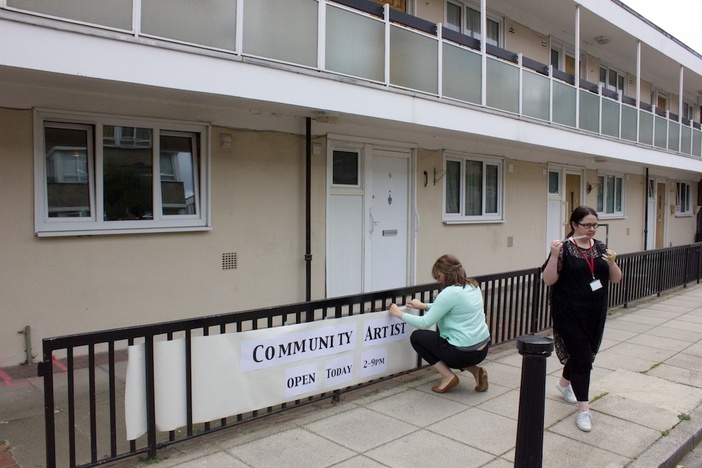
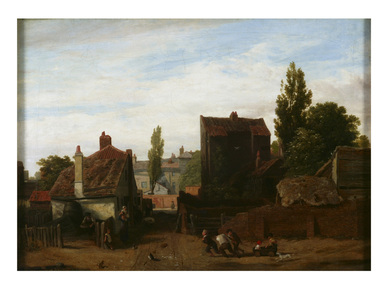
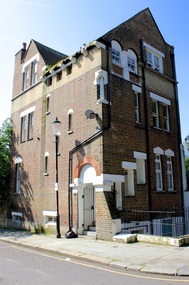
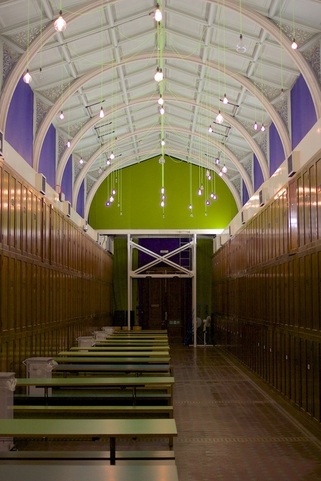
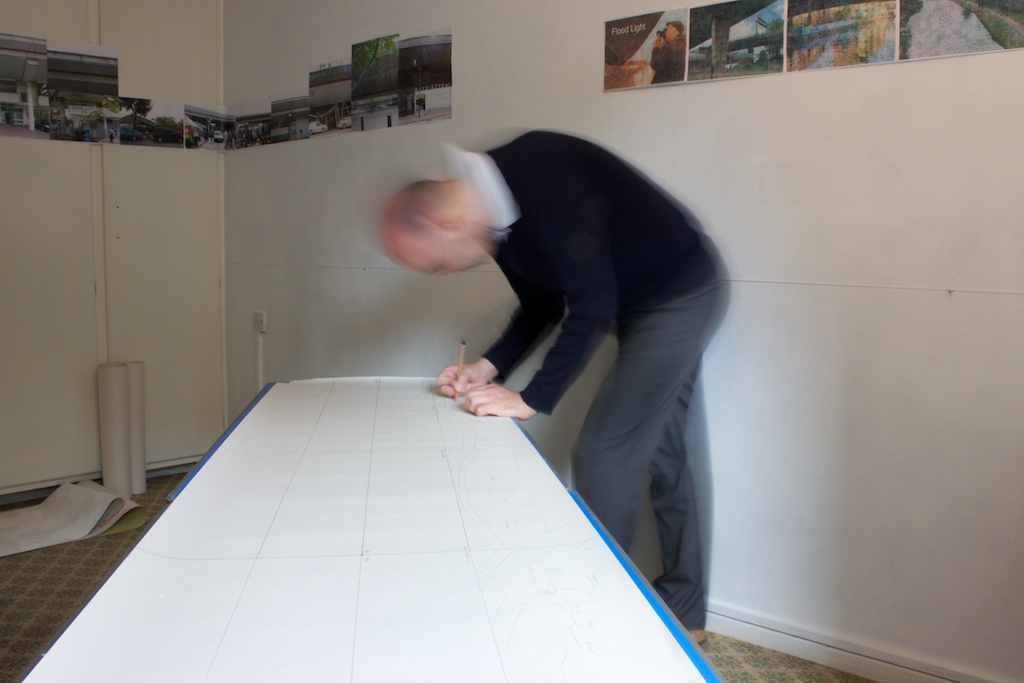
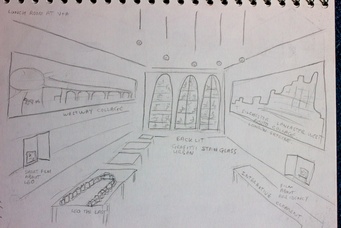
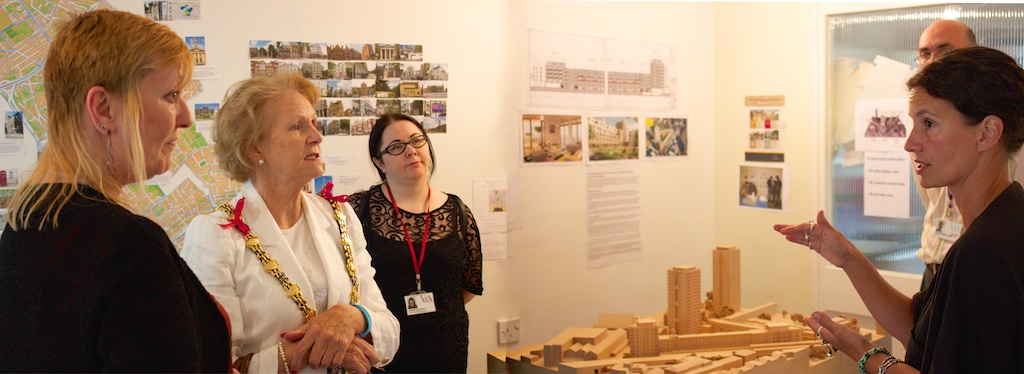
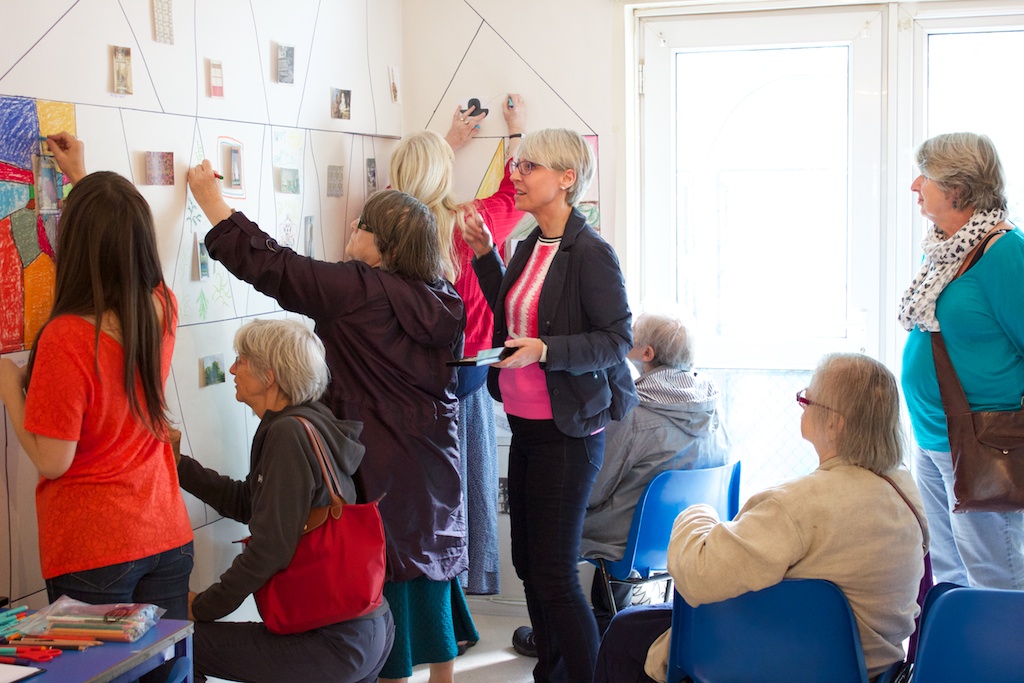
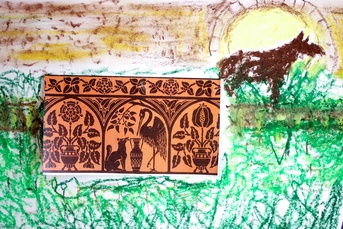
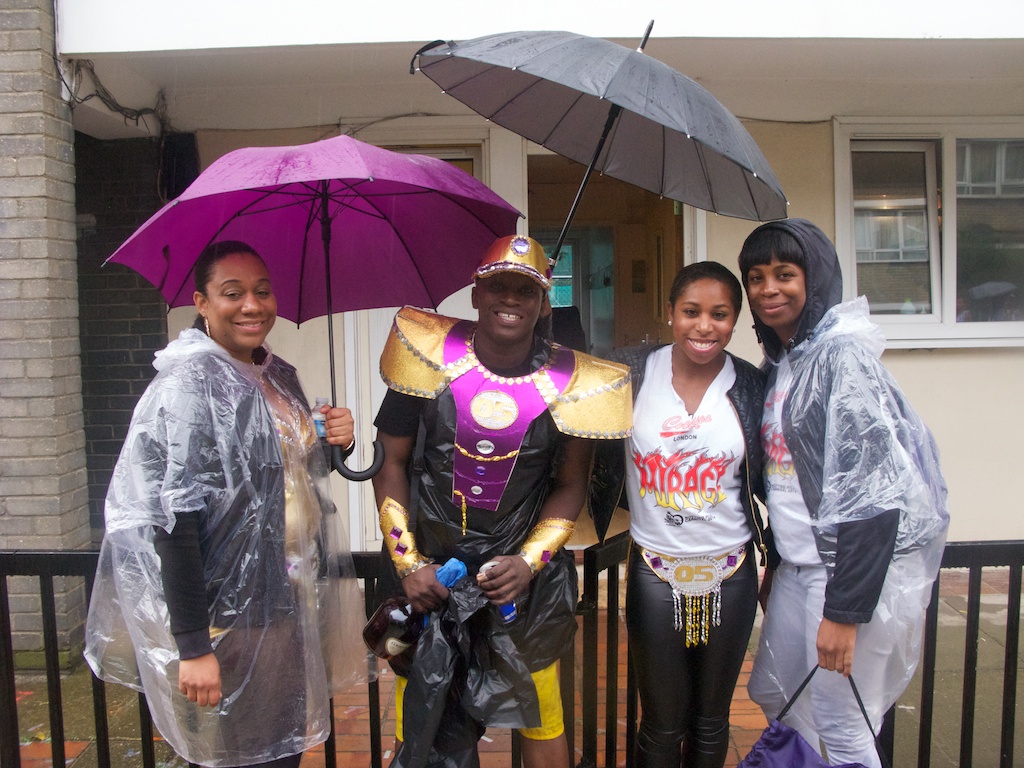
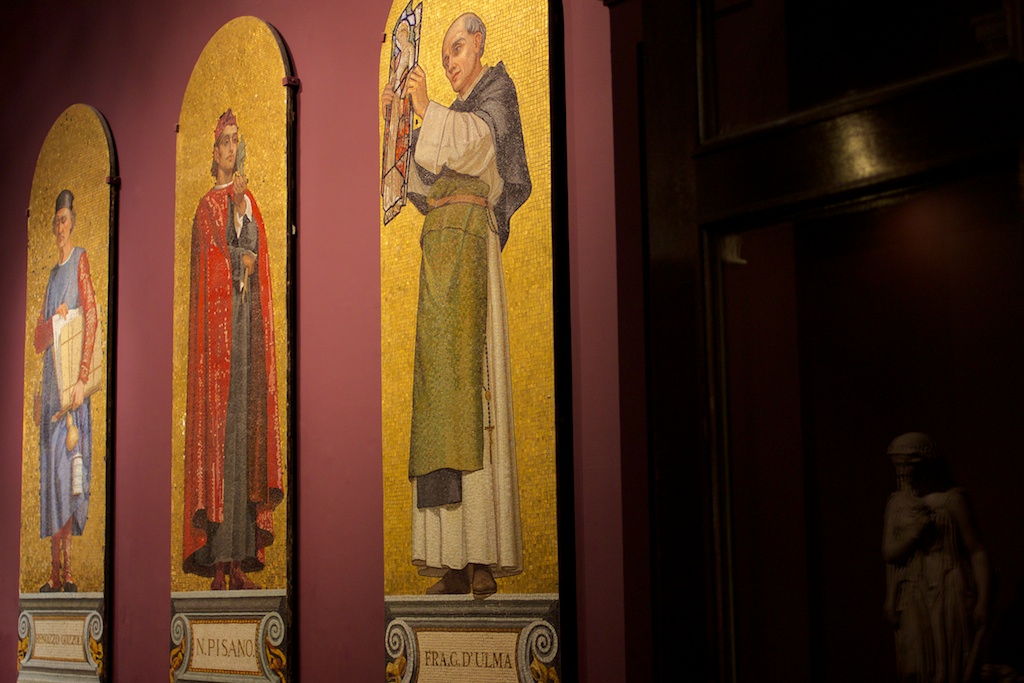

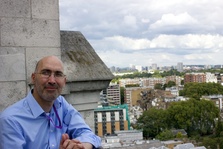

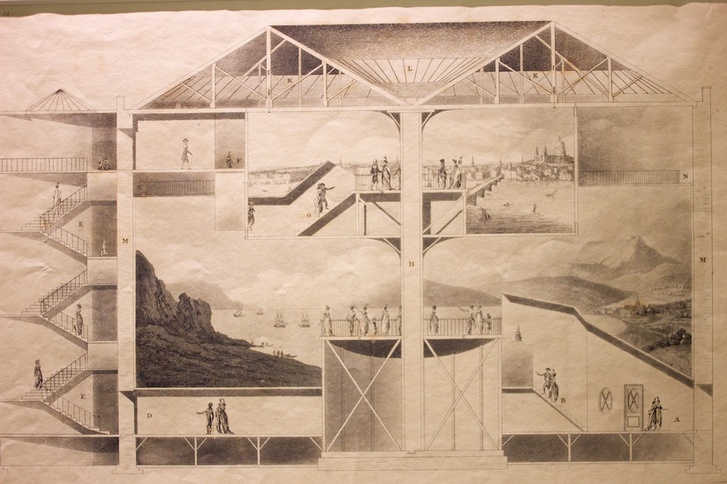

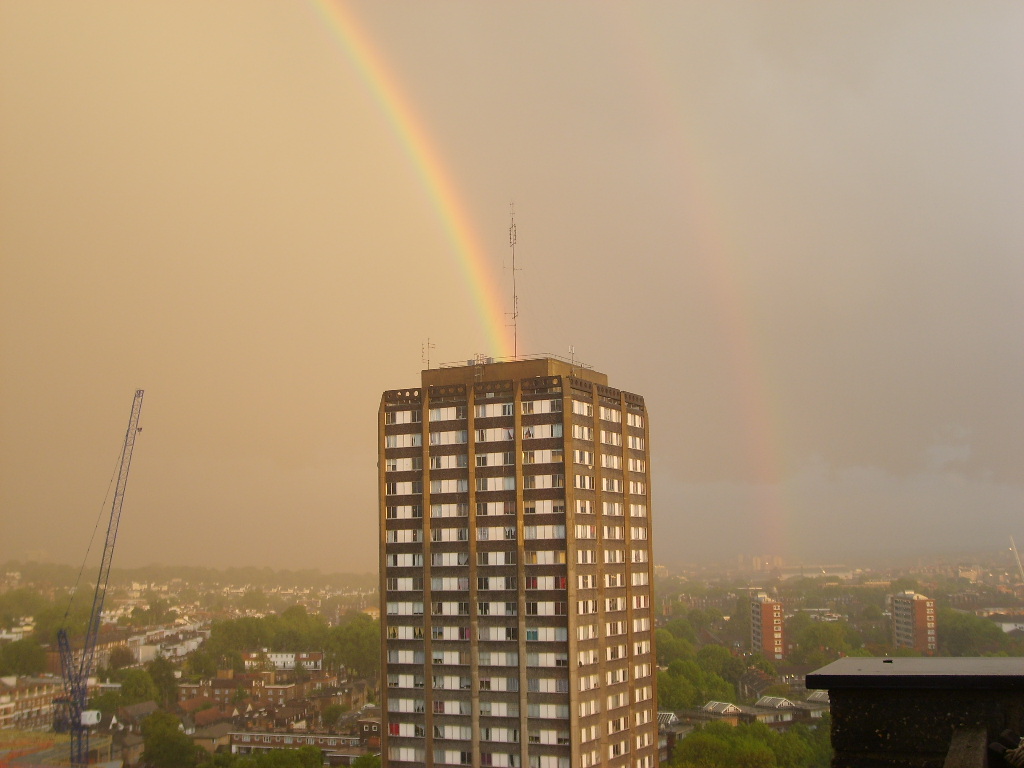
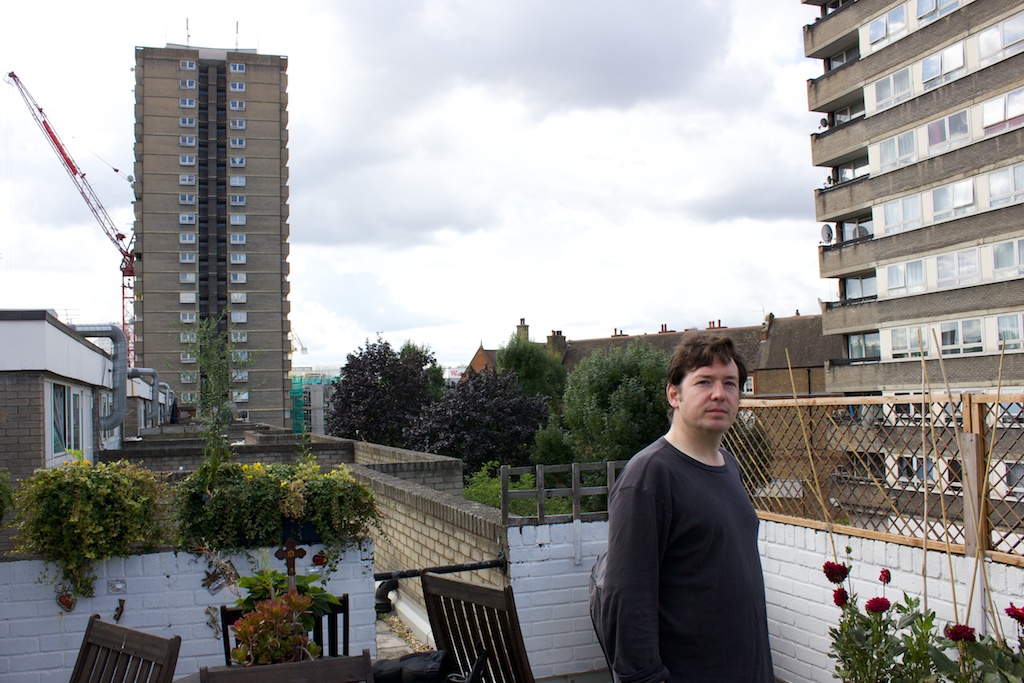
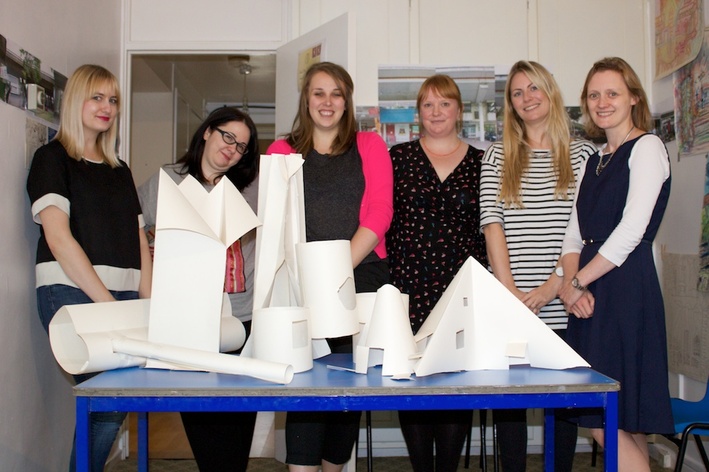
 RSS Feed
RSS Feed
